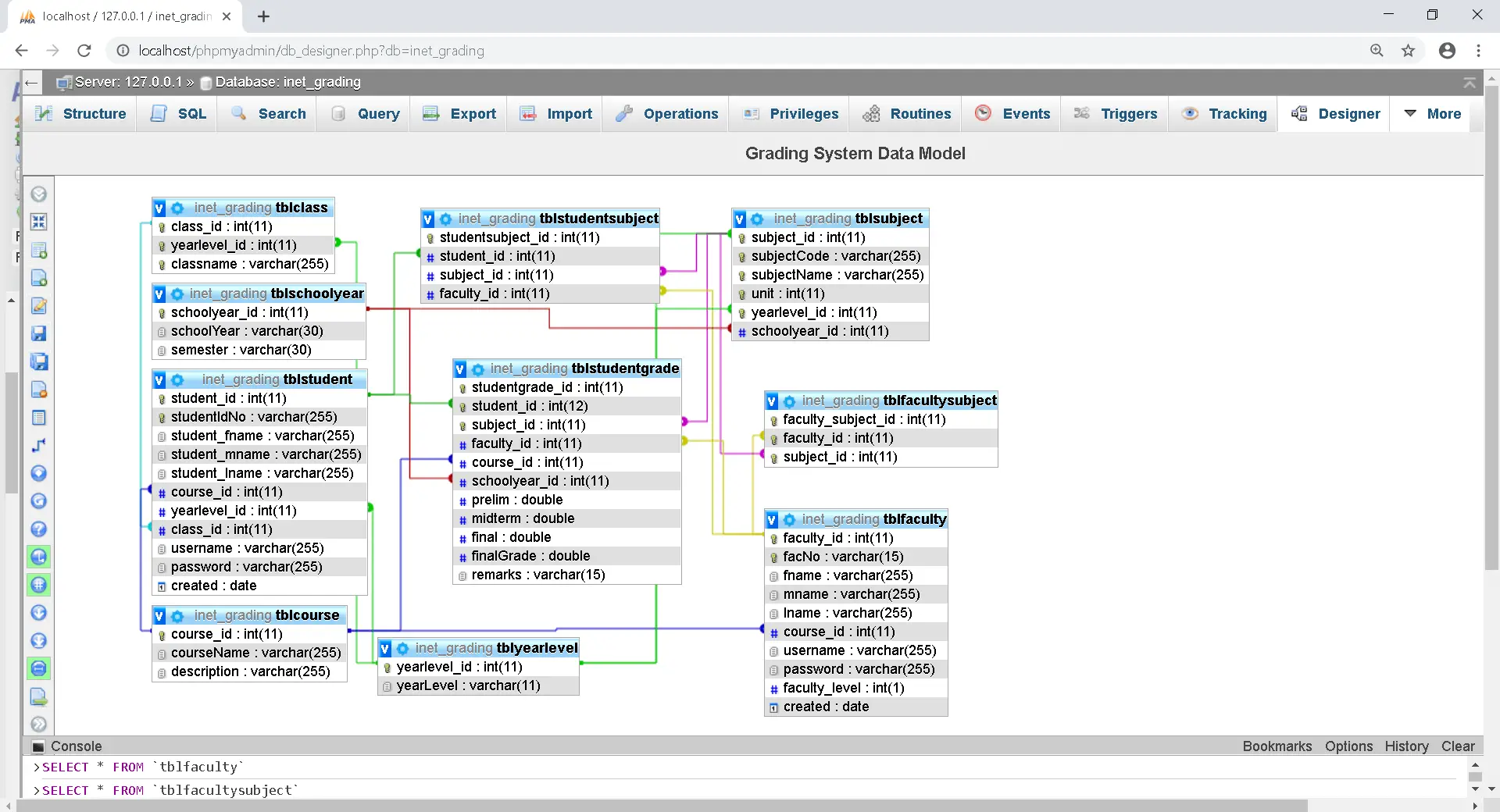Secure Digital Identity and Authentication System
Introduction
Table of Contents
In an increasingly digital world, establishing a secure digital identity has become essential. As we engage with various online platforms—be it social media, banking, or e-commerce—ensuring that our identities are protected is more critical than ever. Digital identity refers to the information available online that uniquely defines a person. This can include usernames, passwords, and biometric data. With the rise of online services, the need for secure authentication methods has intensified, aiming to protect users’ identities and sensitive information.
As technology advances, so do the tactics employed by cybercriminals. Identity theft, unauthorized access, and security breaches are growing concerns that threaten individuals and organizations alike. According to recent statistics, millions of people fall victim to identity theft each year, leading to significant financial and emotional distress. Furthermore, unauthorized access to sensitive data can result in severe repercussions for businesses, including loss of trust, legal issues, and financial losses. The increasing prevalence of data breaches highlights the urgent need for robust digital identity solutions that can effectively safeguard personal information.
The primary objective is to build a secure digital identity platform that authenticates users while protecting their personal information. By implementing advanced authentication methods such as biometrics, two-factor authentication, and encryption, we can create a system that not only verifies user identities but also enhances their overall online security. The goal is to empower users to take control of their digital identities, ensuring a safe and trustworthy online experience.
Background and Literature Review
Digital Identity
Digital identity refers to the online representation of an individual or entity. It encompasses various components that uniquely identify a person in the digital realm. Key elements of digital identity include:
- Biometrics: These are unique physical characteristics, such as fingerprints, facial recognition, and iris scans, used to authenticate users based on their biological traits. Biometrics provide a high level of security because they are difficult to replicate or forge.
- Digital Certificates: These are electronic credentials that verify the identity of a person, organization, or device. Digital certificates use public key infrastructure (PKI) to secure communications and transactions, ensuring that the entity presenting the certificate is who they claim to be.
- Personal Data: This includes any information that can be used to identify an individual, such as names, addresses, email accounts, and Social Security numbers. The management and protection of personal data are crucial for maintaining a secure digital identity.
Understanding digital identity is essential in today’s technology-driven world, where online interactions are commonplace, and personal data is increasingly vulnerable.
Authentication Methods
Effective authentication methods are vital for verifying user identities and securing access to sensitive information. Here are several commonly used authentication mechanisms:
- Passwords: The traditional method of authentication, requiring users to create and remember a unique password. However, weak or reused passwords can lead to security breaches.
- Two-Factor Authentication (2FA): This adds an extra layer of security by requiring users to provide two different forms of identification—typically something they know (password) and something they have (a smartphone app or SMS code). 2FA significantly reduces the risk of unauthorized access.
- Biometrics: As mentioned earlier, biometric authentication uses unique physical characteristics for verification. This method is gaining popularity due to its convenience and security, allowing users to log in with their fingerprints or facial recognition.
- Public-Key Infrastructure (PKI): PKI uses pairs of cryptographic keys—one public and one private—to authenticate users and secure communications. It is commonly used in secure email communications and digital signatures.
Current Solutions
Several existing solutions address digital identity and authentication challenges:
- OAuth: An open standard for access delegation, OAuth allows users to grant third-party applications limited access to their resources without sharing their credentials. This is commonly used in social media logins and third-party app integrations.
- SAML (Security Assertion Markup Language): SAML is an XML-based framework that enables single sign-on (SSO) for web applications. It allows users to authenticate once and gain access to multiple applications without needing to log in again.
- Blockchain-Based Solutions: Blockchain technology offers a decentralized approach to identity management. By storing identity data on a blockchain, users can have greater control over their personal information while enhancing security and privacy. Solutions like self-sovereign identity (SSI) leverage blockchain to empower individuals with ownership of their digital identities.
These solutions represent significant advancements in digital identity and authentication, addressing security concerns while improving user convenience. As digital interactions continue to evolve, further innovations in this space will be essential for ensuring secure and trustworthy online experiences.
Here are 10 project ideas focused on Digital Identity and Authentication:
- Biometric Authentication System
- Develop a secure application that uses biometric data (fingerprints, facial recognition) to authenticate users. This could involve a mobile app that captures and verifies biometric traits for access control.
- Decentralized Identity Management with Blockchain
- Create a blockchain-based identity management system that allows users to create, store, and manage their identities without relying on a central authority. Users can share their identity attributes with service providers as needed.
- Passwordless Authentication System
- Build a web application that implements passwordless authentication methods such as magic links or QR codes. The system can send secure links or codes to users’ email or mobile devices for seamless login.
- Two-Factor Authentication (2FA) App
- Design a mobile application that generates time-based one-time passwords (TOTP) for two-factor authentication. Integrate it with popular services like email, banking, or social media accounts.
- Identity Verification Service for E-commerce
- Create a platform that provides identity verification services for e-commerce websites. This could involve user onboarding processes that require document uploads and real-time facial recognition to confirm identity.
- Social Login Integration
- Develop a library or plugin that allows websites to integrate social login options (Google, Facebook, LinkedIn) easily. This project can focus on streamlining the user authentication process while ensuring security and privacy.
- Identity Recovery Solution
- Build a secure identity recovery tool that helps users recover access to their accounts through multiple verification methods, including email, SMS, and security questions, while maintaining data privacy.
- Digital Identity Wallet
- Design a digital wallet that stores users’ verified identity documents (e.g., driver’s license, passport, health records) and allows users to share them securely with service providers when needed.
- Federated Identity System
- Create a federated identity management system that allows users to use a single set of credentials to access multiple applications or services, implementing protocols like SAML or OAuth for seamless authentication.
- AI-Powered Anomaly Detection in Authentication
- Develop a system that uses machine learning algorithms to monitor and analyze user authentication patterns, flagging unusual activities for further investigation, such as multiple failed login attempts from different locations.
Technology Stack
- Frontend:
HTML, CSS, JavaScript, React or Vue.js for the user interface. - Backend:
Node.js, Python (Django/Flask), or PHP for managing user data and authentication. - Database:
MySQL, PostgreSQL, or NoSQL (MongoDB) for secure data storage. - Security Libraries:
Use cryptography libraries for hashing passwords (bcrypt, Argon2), JWT for token-based authentication, and SSL for secure communication.
Conclusion
In conclusion, secure digital identity management is crucial in our increasingly digital landscape. As we have explored, the complexities and vulnerabilities associated with digital identities underscore the need for robust authentication methods to protect personal information. The proposed system aims to enhance security by implementing advanced authentication techniques such as biometrics, two-factor authentication, and digital certificates. By establishing a secure digital identity platform, we can not only verify user identities effectively but also safeguard sensitive data from unauthorized access and identity theft.
The implementation of this project will have a profound impact on both users and organizations. For users, enhanced security measures will provide peace of mind, knowing their personal information is protected against cyber threats. This increased trust can lead to more extensive engagement with online services, fostering a safer digital environment.
For organizations, the project will reduce the risk of data breaches and associated costs, while also improving compliance with regulations concerning data protection and privacy. By adopting a secure digital identity management system, organizations can strengthen their security posture, enhance customer trust, and ultimately drive growth and innovation in a secure manner.
Overall, this initiative represents a critical step toward creating a safer online ecosystem, benefiting individuals and businesses alike by promoting responsible digital identity management practices.
You may visit our Facebook page for more information, inquiries, and comments. Please subscribe also to our YouTube Channel to receive free capstone projects resources and computer programming tutorials.
Hire our team to do the project.


